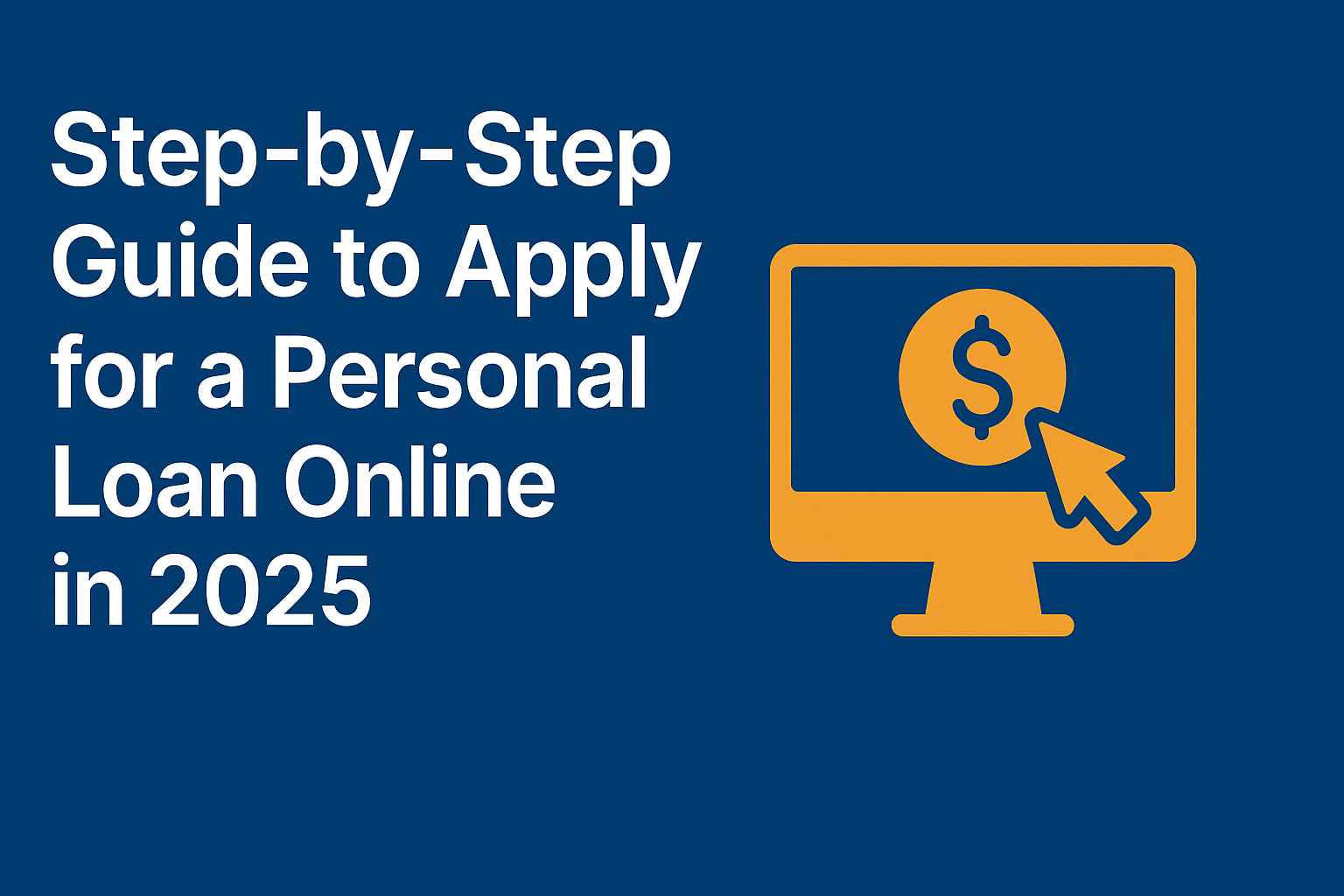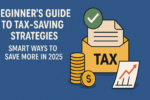In today’s digital age, applying for a personal loan has become quicker, easier, and more convenient than ever before. Gone are the days when you had to visit multiple bank branches, fill out lengthy paperwork, and wait weeks for approval. With the rise of online banking and fintech platforms, you can apply for a personal loan online in just a few clicks—saving both time and effort.
This article provides a step-by-step guide to applying for a personal loan online in 2025, covering everything from eligibility checks to final disbursal.
What is a Personal Loan?
A personal loan is an unsecured loan that individuals can use for various purposes—such as medical expenses, home renovation, wedding costs, travel, debt consolidation, or emergencies. Since it is unsecured, you don’t need to pledge any collateral. The loan is usually repaid in equated monthly installments (EMIs) over a fixed tenure with a pre-decided interest rate.
Step 1: Assess Your Loan Requirement
Before applying, it’s essential to identify why you need the loan and how much you need to borrow. Borrowing more than required can increase your EMI burden, while borrowing less may not fulfill your financial need. Calculate the estimated expenses and match them with your repayment capacity.
Tip: Use online loan calculators to estimate your EMI and ensure it fits within your monthly budget.
Step 2: Check Your Eligibility
Every lender has certain eligibility criteria. Generally, banks and NBFCs require:
- Age: Between 21–60 years
- Stable income (from salary or business)
- Good credit score (usually 700 and above)
- Employment stability (minimum 1–2 years with current employer)
Checking eligibility before applying prevents unnecessary rejections and protects your credit score.
Step 3: Compare Lenders Online
Do not settle for the first lender you find. Instead, compare multiple banks, NBFCs, and fintech platforms. Focus on:
- Interest rates (fixed or floating)
- Processing fees and hidden charges
- Prepayment and foreclosure rules
- Tenure flexibility
- Disbursal time
Several loan aggregator websites and mobile apps allow you to compare lenders side by side.
Step 4: Check Your Credit Score
Your credit score plays a crucial role in loan approval. A higher score improves your chances of getting a lower interest rate and higher loan amount. If your score is low, work on improving it before applying by:
- Paying EMIs and credit card bills on time
- Reducing credit utilization
- Avoiding multiple loan applications within a short time
- Many online platforms let you check your credit score for free.
Step 5: Gather Required Documents
Most lenders ask for the following documents:
- Identity proof (Aadhar card, PAN card, passport, voter ID)
- Address proof (utility bills, rental agreement, passport)
- Income proof (salary slips, bank statements, ITR for self-employed)
- Photograph
- Keep soft copies of these documents ready, as you’ll need to upload them during the online application process.
Step 6: Fill Out the Online Application Form
Visit the lender’s official website or mobile app. Fill in details such as:
- Name, age, gender, and contact information
- Employment type (salaried or self-employed)
- Monthly income and expenses
- Loan amount and tenure preference
- Ensure all details are accurate, as discrepancies can lead to rejection.
Step 7: Upload Documents and Complete Verification
Upload the scanned copies of your documents. Many lenders now use video KYC (Know Your Customer) or e-signature authentication, which saves you from visiting a branch. Some may also conduct telephonic verification.
Step 8: Loan Approval and Offer Review
Once the documents are verified, the lender will evaluate your profile. If approved, you will receive a loan offer with details like:
- Loan amount sanctioned
- Interest rate
- Tenure and EMI
- Processing fees and other charges
Read the offer carefully before accepting. Compare the annual percentage rate (APR), not just the interest rate, as it reflects the total cost of borrowing.
Step 9: Accept the Loan Agreement
If you are satisfied with the terms, accept the loan agreement online. Some lenders allow digital signing using Aadhaar-based OTP authentication.
Step 10: Loan Disbursal
After you sign the agreement, the loan amount will be credited directly to your bank account, often within 24–48 hours. Some fintech lenders even disburse loans within a few minutes.
- Benefits of Applying for a Personal Loan Online
- Convenience – Apply anytime, anywhere
- Faster processing – Minimal paperwork and instant approvals
- Transparency – Compare multiple offers online
- Security – Encrypted digital transactions protect your data
- Better deals – Online lenders often offer lower interest rates and special offers
Final Thoughts
Applying for a personal loan online in 2025 is simple, fast, and hassle-free. By following the step-by-step process—assessing your needs, checking eligibility, comparing lenders, and completing digital verification—you can secure funds quickly without unnecessary delays.
However, remember to borrow only what you can comfortably repay. A personal loan is a financial responsibility, and timely repayments not only ease your burden but also improve your credit score for future borrowing.






